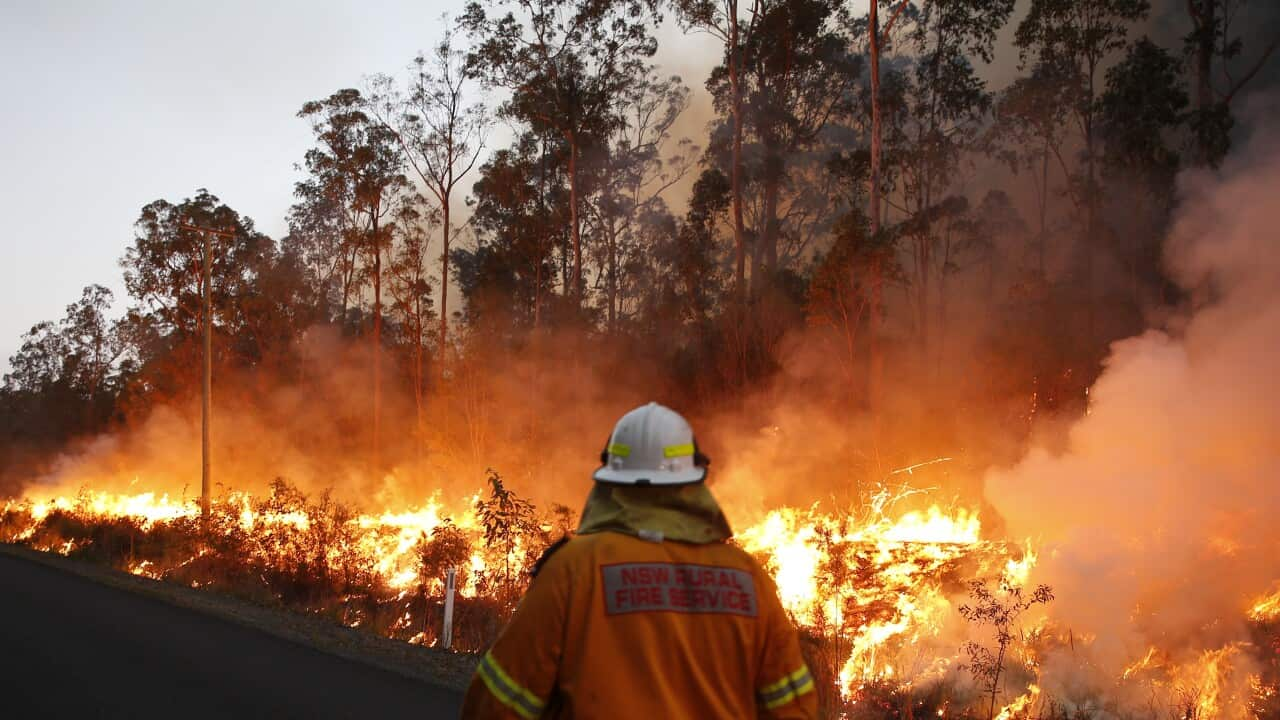Beyond Compliance: Enhancing Building Security with a Thorough BAL Report Analysis
Beyond Compliance: Enhancing Building Security with a Thorough BAL Report Analysis
Blog Article
How BAL Report Impacts Bush Fire Security Steps
In the world of bush fire defense, the Building Attack Level (BAL) record stands as a critical device that substantially affects the safety and security and resilience of residential properties in fire-prone locations - BAL Report. The impact of a BAL evaluation expands much beyond plain documentation; it functions as the cornerstone for figuring out the suitable building and construction requirements and fire security measures essential to mitigate the risks posed by bushfires. As communities grapple with progressively serious fire periods, recognizing exactly how the BAL report shapes these protective procedures ends up being extremely important for policymakers, homeowners, and home builders alike
Understanding the Bushfire Attack Degree

Importance of BAL Record Assessment

In Addition, the BAL record basics evaluation acts as a foundational action in following lawful responsibilities and demands connected to bushfire defense. Regional councils and authorities frequently mandate the entry of a BAL report as component of the preparation and structure authorization procedure to make certain that residential or commercial properties are appropriately guarded versus bushfire risks. Falling short to perform a thorough BAL report analysis can cause inadequate protection actions, leaving buildings at risk to ruining bushfire events.
Building Requirements Based Upon BAL
A detailed understanding of the Bushfire Attack Level (BAL) makes it possible for home proprietors to implement building and construction requirements tailored to their details threat profile. Building standards based on BAL are crucial in minimizing the effect of bushfires on residential properties. The BAL score classifies the prospective danger a building deals with throughout a bushfire on a range from BAL-Low to BAL-FZ (Flame Area)
Executing Fire Protection Actions
With the foundation of building criteria based on Bushfire Attack Level (BAL) in position, the emphasis now moves in the direction of the useful application of fire defense procedures to fortify homes versus bushfire hazards. Executing fire protection procedures involves a mix of passive and energetic techniques to enhance the resilience of structures in bushfire-prone locations. Passive procedures include making use of fireproof building materials, mounting ash guards on vents, securing spaces in roofings and wall surfaces, and keeping a clear space around the residential property cost-free from flammable plants. Active procedures include having firefighting equipment conveniently available, such as hose pipes and water pumps, in addition to producing a defendable area around the home by clearing plant life and having a well-maintained yard. Furthermore, creating an evacuation plan and guaranteeing all citizens know emergency procedures are critical elements of reliable fire protection procedures. By integrating both passive and active strategies, properties can considerably minimize their vulnerability to bushfire cases and raise the safety and security of owners.
Safeguarding Homes Against Bushfires
Successfully safeguarding homes versus the harmful influences of bushfires needs a positive and thorough method to fire security procedures. In addition, sealing gaps and vents to stop ember breach, as well as including fire-resistant doors and windows, can useful site help strengthen the home's protection against bushfires. By welcoming a positive stance and integrating these protective measures, property owners can considerably raise their chances of guarding their homes against bushfires.
Final Thought
In verdict, the Bushfire Attack Level (BAL) record plays an important duty in establishing the required defense procedures versus bushfires. Executing fire defense steps based on the BAL report is crucial in protecting homes from prospective bushfire dangers.
In analyzing bushfire threat to residential or commercial properties, comprehending the Bushfire Assault Level (BAL) is a crucial component for executing effective security measures. Generally, a clear understanding of the Bushfire Assault Degree website link is essential for executing sufficient protection steps and mitigating the impact of bushfires on residential or commercial properties.

Report this page